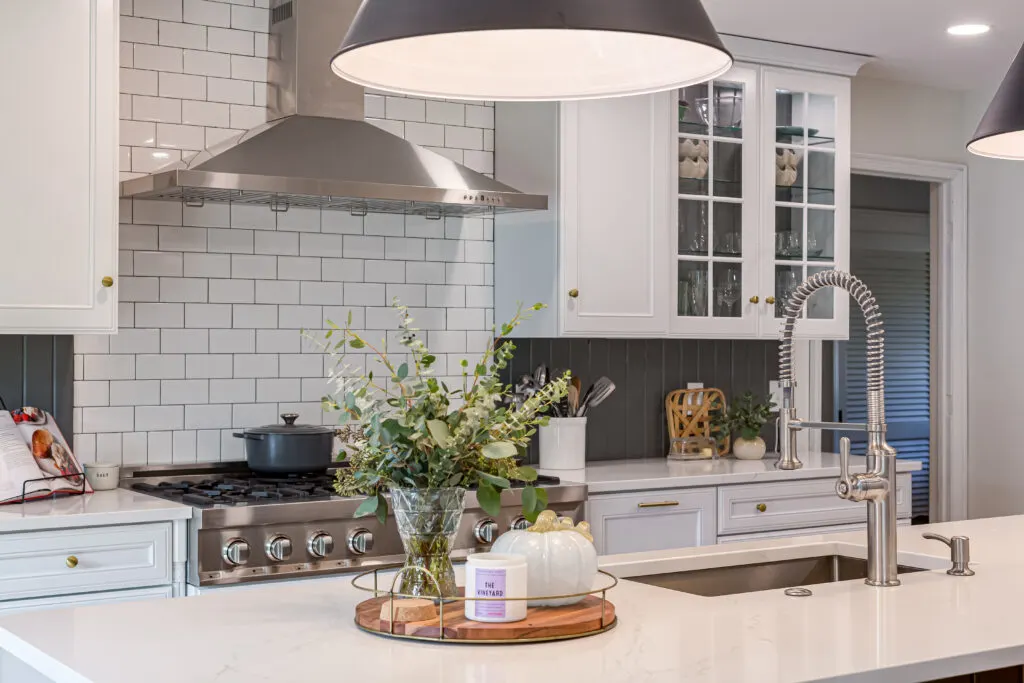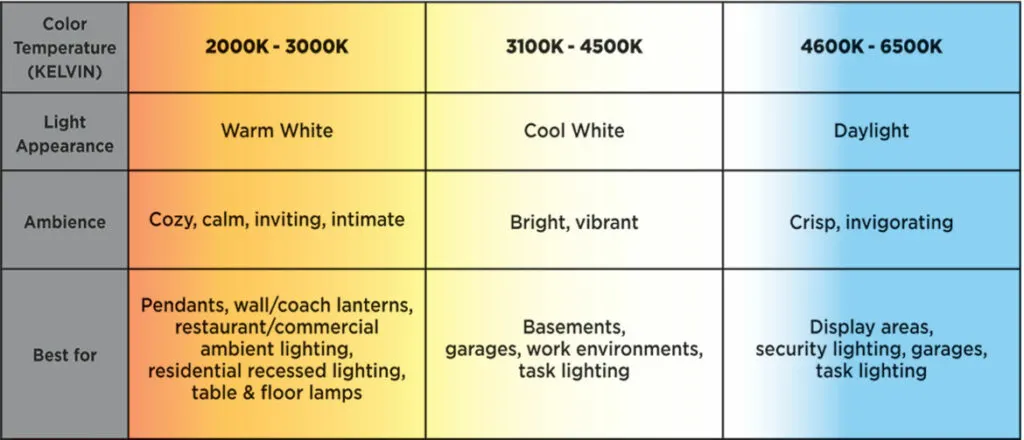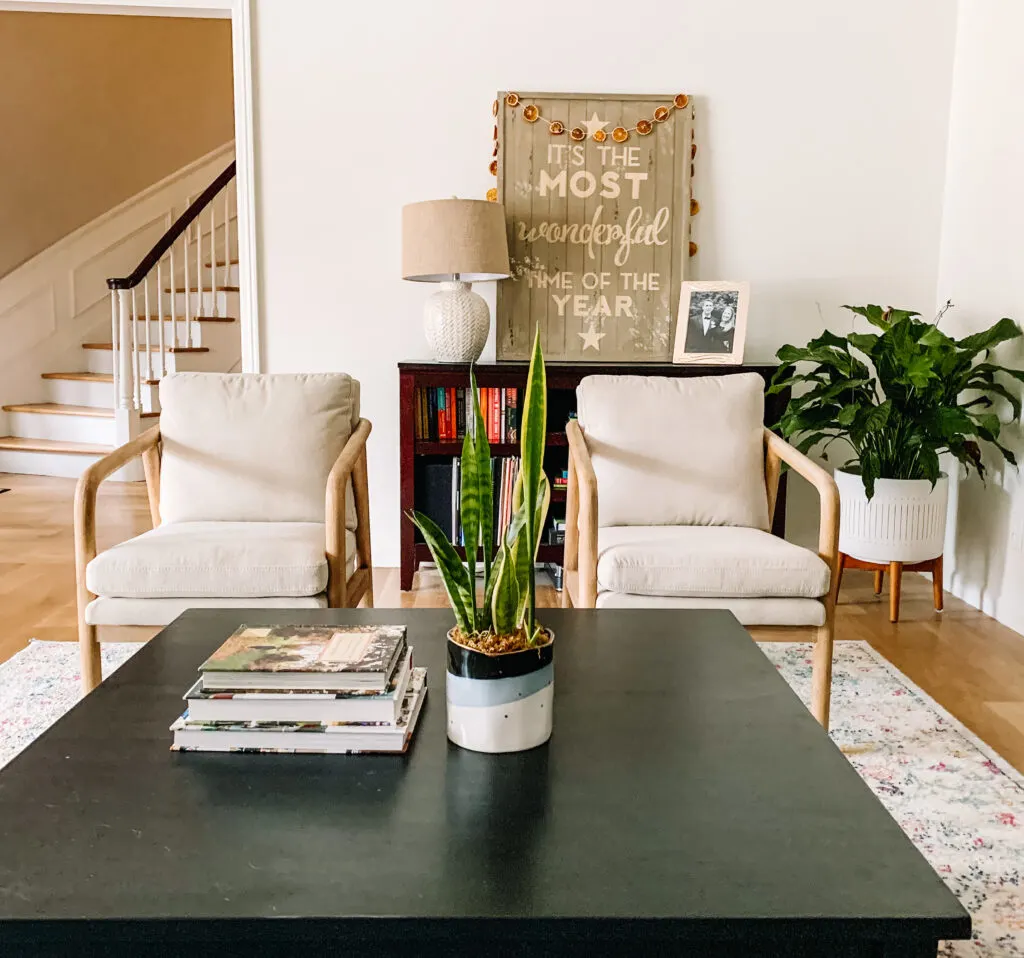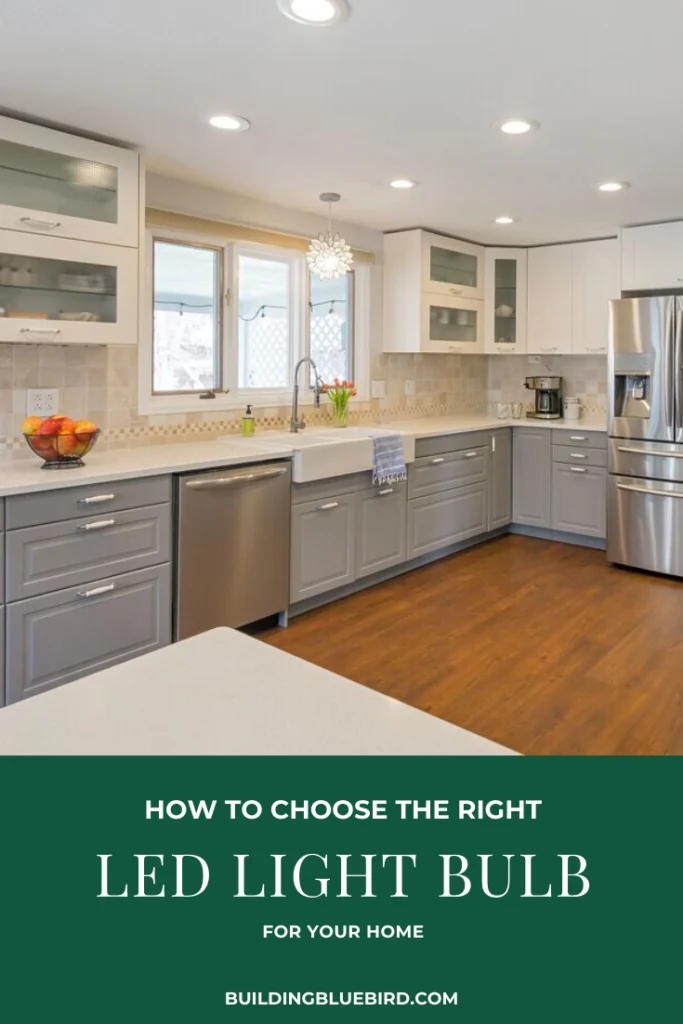Last Updated on August 8, 2022 by lindseymahoney
LED light bulbs are the easiest and quickest way to make your home more energy-efficient. If you haven’t made the switch to LEDs yet, add this to your 2020 New Year’s resolution list right now! LED light bulbs have become much more affordable than they used to be and there are numerous benefits to making the switch from old CFL bulbs.

Environmental Benefits of LED Light Bulbs
LEDs are 80-90% more efficient than the old CFL light bulbs. This means that LEDs use less energy to create light which requires less energy from our power plants. Fluorescent light bulbs contain toxic materials that contaminate the earth when they are placed in landfills.
LED light bulbs do not contain harmful chemicals like mercury and last 10x longer than the standard light bulb. LED’s use less energy and create less waste which makes the switch a no-brainer!
Now that I have convinced you that LED light bulbs are the only way to go in this new decade, let’s discuss how to choose the right kind of bulb. Standard light bulbs describe their brightness by wattage and color by daylight, cool, soft & warm descriptors. LED light bulbs describe brightness and color with lumens and kelvins.
Lumens = Brightness
Kelvins = Color
How to Choose the Best LED Light Bulbs
Light Bulb Brightness: Wattage = Lumens (least bright to brightest)
- 40 watts = 450 lumens
- 60 watts = 800 lumens
- 75 watts = 110 lumens
- 100 watts = 1600 lumens
Light Bulb Color: Descriptor = Kelvins
- Daylight = 5,000 kelvins
- Cool White = 4,100 kelvins
- Soft White = 2,700 kelvins
- Warm White = 3,000 kelvins

Figuring out lumens and kelvins is definitely more complicated than wattage, but luckily, most LEDs have equivalent wattage right on the package. Let’s say you want to start small and change out all of your 60-watt bulbs in your lamps. You just have to find the LED bulbs with the 60-watt equivalent and make the switch!
In terms of color, I personally am not a fan of the daylight color of CFL bulbs. It never looks right in my home and always seems to give off a blue, sterile hue. I also tend to stay away from the warm light color descriptor because it can often make a space feel too yellow.
Daylight is too sterile, Warm is too yellow and Soft White is juuuuust right! Soft white is the equivalent of 2,700 kelvins and that is where I like to stay when purchasing my LED light bulbs.
Achieving the Right Light Balance in Each Room
Depending on the task, each space in your home will require a different amount of light. Light can be brought in through a variety of means – task lighting, overhead lighting, and ambiance lighting. Here is a cheat sheet for the average amount of lumens to have in each room based on activity.
Average Lumens for Each Room
- Kitchen = 5,000-1,000 lumens
- Bathroom = 4,000+ lumens
- Dining Room/Home Office = 3,000 – 6,000 lumens
- Bedroom = 2,000 – 4,000 lumens
- Living Room = 1,500 – 3,000 lumens
For example, in my living room, I love when it feels warm and cozy with lamplight. I have three lamps with LED light bulbs that are 800 – 1,100 lumens each. 800 lumens * 3 = 2,400. In terms of color, I stick with my go-to kelvin amount of 2,700. This gives the right amount of warmth I am looking for without looking too yellow.

I know all of this is a lot of information, but the best part of switching to LED light bulbs is that they last for 10-18 years! Once you get the right light consistency, you can set it and forget for a whole decade! That makes this switch energy-efficient and time-efficient. 🙂
More Sustainable Content You Will Love
- How to Build Your Own Compost Station at Home
- 5 Ways to Make Your Laundry Room More Green
- 8 Easy Ways to Make Your Home More Energy Efficient
- Why You Should Decorate with Vintage Items
- The Best Ways to Reduce Holiday Waste
- Simple DIY Grout Cleaner with 4 Ingredients
Pin the Image Below!

